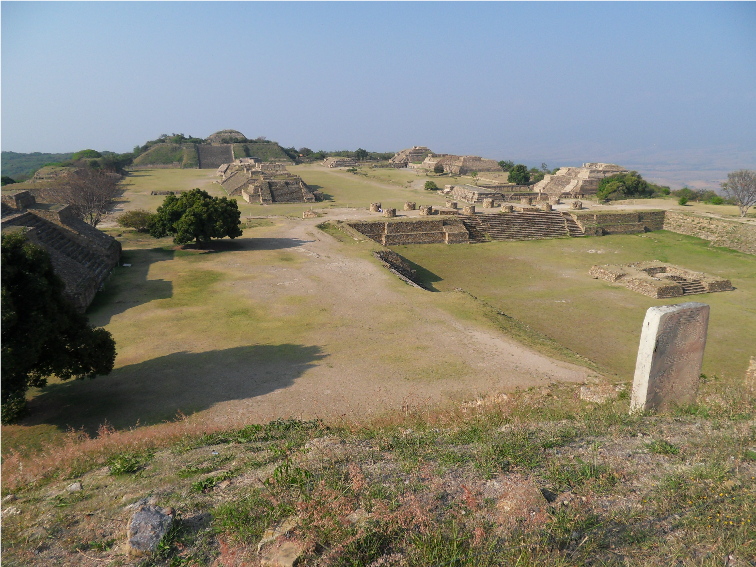
Established in 500 BC in the Valley of Oaxaca by the Zapotecs, Monte Alban was one of the first cities in the Americas and was to become the main centre for government and to have a significant effect on the development of the arts and science. It reached its height in the years 350 – 550 AD during the classical period. Around 800 AD the city began to lose its power to the Mixtecs and cities such as Mitla and by 850 AD the soil around Monte Alban was exhausted and the city virtually deserted. In the years that followed it became a sacred site to the Mixtecs who would visit it but did not occupy it, although considering it a sacred site they would bury their dead there and a number of tombs have been found and exhibits of these can be seen in the on-site museum.
Located on the top of an artificially levelled hill, the site provides an excellent impression of the city as it would have been during its occupation with the Main Plaza providing an impressive site for visitors with the buildings placed around its sides. Measuring approximately 300 meters by 200 meters the Plaza is the site's main civic and ceremonial area. It also includes residential buildings used by the elite of the city, these are located around the plaza or in its vicinity.
To the north and south of the Main Plaza are large platforms which are accessed via monumental staircases. To the eastern and western sides are a number of smaller platform mounds on which temples and the residences for the elite were situated. Also to be seen is the ball-court, this differs from the ones found in Maya cities as it has no ring indication variations in the game. A north-south central mound is in the centre of the plaza and served as platforms for ceremonial structures.
To the north is the sunken patio surrounded by terraces, in the centre is an alter for human sacrifices. In the south west corner is the Gallery of the Dancers. This contains a number of reliefs of figures in grotesque postures. These were originally thought to be people dancing, hence its name, but it has also been suggested that they represent tortured prisoners, or that they are people with deformities, as the city may have been used as a teaching centre.
In the centre of the Main Plaza, is a building which has an unusual arrow-like shape. The building is orientated differently from most of the other structures at the site and contains over 40 large carved slabs and in many cases characterized by upside-down heads indicating conquest: Although it has been suggested that the differing alignment was due to it being an Observatory. Other buildings are also connected to the astronomical aspects of the site such as a shaft aligning with the sun when it is at its zenith.
Many of the objects found at the site have been taken to the National Museum of Anthropology in Mexico City although a selection of objects has been retained in the site museum.
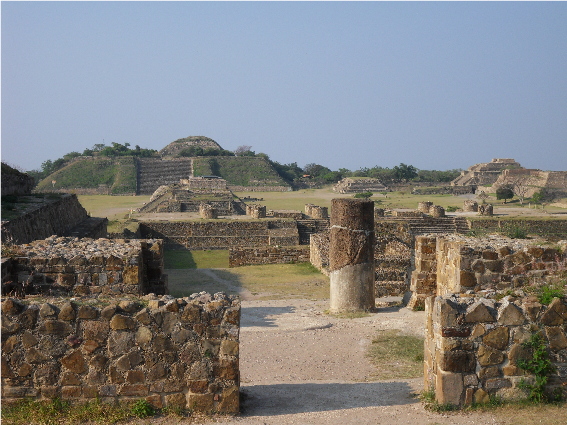
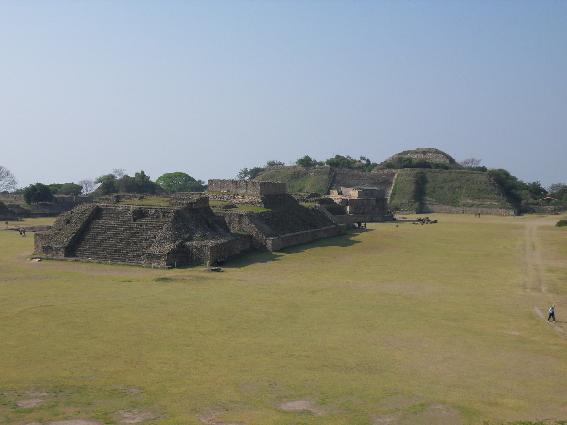
Main Plaza
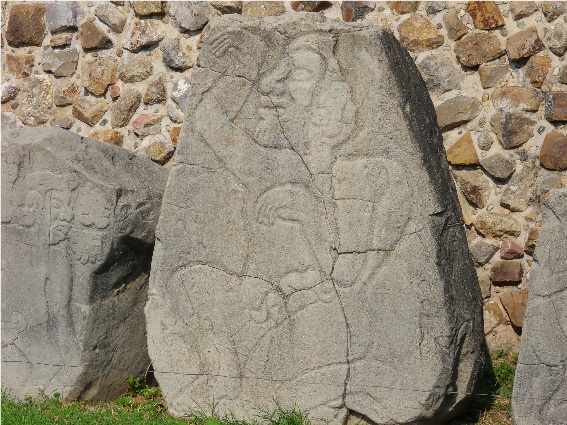
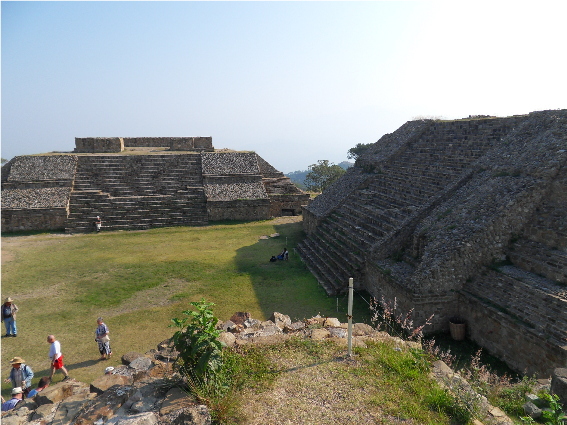

Ball Court
To see more photographs and take a virual tour of the site click on photoshow below.
View in Google Street View and Google Earth
